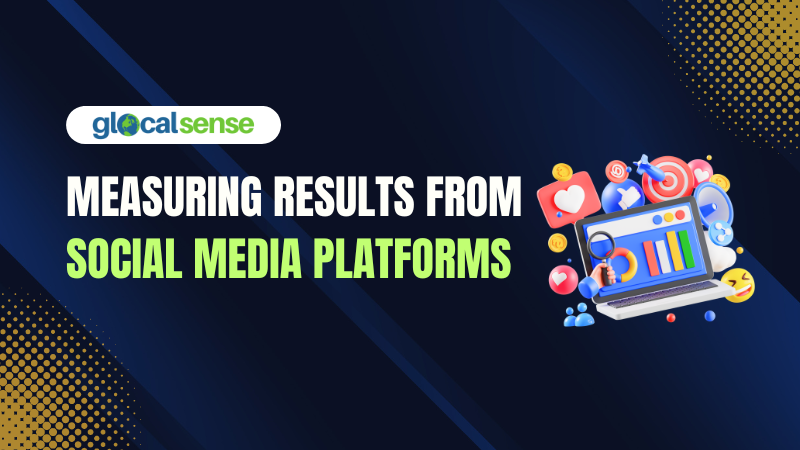Social media marketing may be an effective tool for expanding a business online. Nowadays, every business uses social media to be successful. Social media platforms are an excellent method to sell products and services and allow businesses to measure various metrics. Making decisions based your social media metrics may attract new customers, boost customer loyalty, reinforce the company’s brand, drive traffic to the company’s website, and generate income. In addition, metrics will enable one to get to know your customers better and understand their needs.
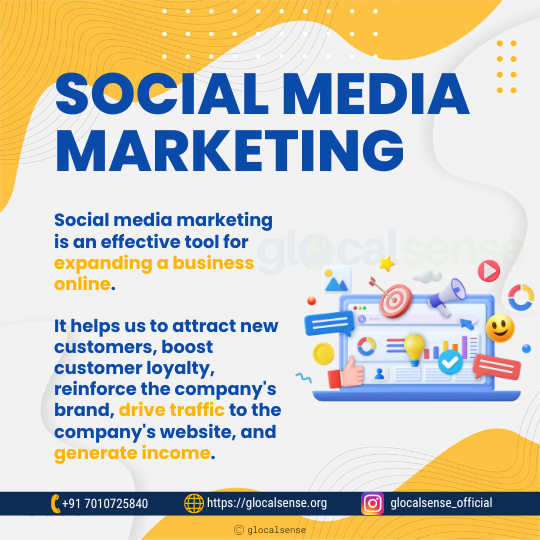
Social Media Metrics
Social media metrics are statistics used to analyze the impact of social media activity on marketing campaigns and a company’s income. These analytics lets you explore how successful businesses meet your social media goals and offer guidance on areas for improvement.
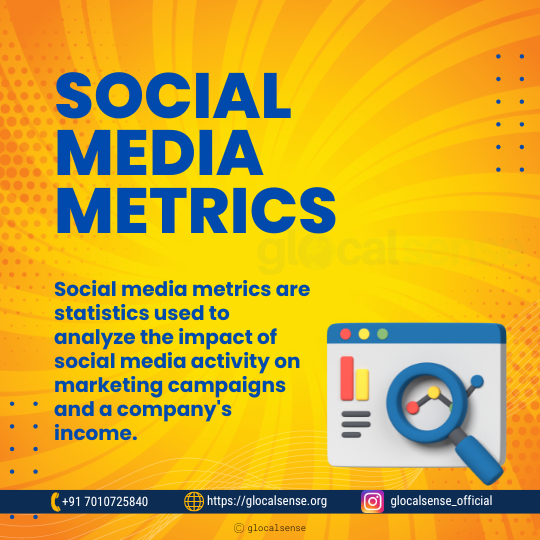
Importance Of Social Media Metrics
Social media is an essential component of every content marketing plan. It is more than just a platform to broadcast the message to your followers; it is also a place to connect with individuals interested in your brand or industry.
The success of a brand on social media may provide access to a wealth of valuable information. As a result, there are several reasons why you should monitor their social media performance; they are:
1. Campaign Performance
Social media performance reveals essential information about which ads are most beneficial for your brand. When it comes to measuring individual social media marketing efforts, it’s an accurate and efficient instrument. Tracking helps your company to identify which steps are practical and which are not. This is highly useful since it shows precisely where future marketing efforts should be focused. In addition, metrics from social media provide clear information on which channels are most effective in reaching out to your consumers.
2. Keeps The Strategies Cutting Edge
Tracking offers your brand timely information that lets you see exactly what your customer’s desire. What used to work for your existing consumers may no longer work.
Tracking provides a continual flow of information that demonstrates what trends are working right now. Allows you to keep your campaign strategy current and relevant. If social media stats show that a specific campaign is ineffective, a company will know where not to invest money. A poorly performing campaign is a waste of money. Gathering knowledge on which techniques work may save both time and money.
3. Rewards Loyal Followers
Tracking helps you to observe which clients interact the most with your brand. These clients are both influencers and prospects. They serve as the foundation of your social media network. Enables your company to generate individualized and targeted advertising. Engaging and listening to loyal consumers has a record of producing high-quality leads and conversion rates.
4. Social Experimenting
Social media tracking enables a company to experiment with several initiatives to see which will perform the best. It provides a brand with insight into what campaigns perform best and where they work best. The social media environment is constantly changing and expanding. Experimenting allows your brand to discover and apply new knowledge. Because it is continuously developing, the social media platform is ideal for this sort of testing.

Essential Social Media Metrics To Track
Awareness Metrics
These social media metrics are centered on the current and potential audience. Consider including the following awareness metrics in your following report:
1. Brand Mentions
A brand mention occurs when a brand is mentioned in any material, such as a blog post, tweet, or Facebook post. Brand mentions are important for increasing brand awareness and visibility. Furthermore, you have a strong market presence if people talk positively about your brand online.
2. Followers Growth
Your follower count is an important metric for evaluating the performance of your social media campaign. This number shows the individuals who have decided to follow your account and see your content in their feeds. Growing your following base should be a top objective for any company or individual who uses social media to market their brand. To increase your follower count, create high-quality content that resonates with your audience. People who like your posting are more inclined to follow you and share your content with others.
3. Reach
Reach is a crucial metric to track since it indicates how well your content reaches your target audience. A reach KPI refers to other KPIs like total impressions, unique viewers, or video views and estimates the number of individuals who may have potentially viewed your content. If you want to boost brand awareness or develop your audience, you can concentrate on improving reach because it symbolizes total visibility.
4. Impressions
An impression is a KPI that tracks the frequency with which an ad is displayed without clicking. When determining the reach and frequency of an advertising campaign, the impressions measure is used. In addition, marketers frequently utilize impression data to assess their cost per lead and identify how many individuals viewed their ad.
Impressions are a popular metric for measuring the performance of Internet advertising campaigns. They’re a great measure of how prominent your advertising is, but they need to indicate if people are clicking on them. As a result, impressions should be combined with other metrics, such as Click-through rate (CTR).
Engagement Metrics
It is a broad umbrella category to monitor. Consider engagement metrics regarding the number of individuals interacting with your content. Engaged customers respond to posts with likes (or other reactions), comments, and shares.
1. Clicks
A click is tracked whenever a user clicks a link, button, or image. Monitoring clicks is crucial since it allows you to assess whether visitors to your page find what they are looking for. If consumers aren’t clicking on anything, it might be because your content needs to meet or appeal to them.
2. Click-Through Rate
CTR is a valuable metric for analyzing the success of your marketing or other online efforts as a key performance indicator. A high CTR implies that your ads or content are relevant and appealing to users, which leads to more purchases or conversions. A low CTR, on the other hand, indicates that your content has to be improved.
There are numerous methods for calculating click-through rates. One way is to divide the number of clicks on an ad or link by the number of impressions. For example, if an ad is shown 100 times and receives ten clicks, the CTR is 10%.
3. Likes
Likes may be a valuable metric for companies and businesses on social media. Many likes might suggest that your content is resonating with your audience; at their most basic, likes are a method for users to express their approval or agreement with a post, but they do not always represent the quality of the content.
4. Shares
A social media “share” is a measure that shows how many times other users have shared your content with other people. It’s vital to track since it determines the virality of your content and how likely it is to be viewed by new audiences. To select which content is presented to people in their feeds, social media sites employ “shares” as a criterion in their algorithms. As a result, the more people who share your content, the more likely they will see it.
5. Comments
Comments are the lifeblood of the online ecosystem, and they enable us to measure engagement, improve our content, and build communities around shared interests. As a KPI, comments reflect how effectively content is resonating with readers. In addition, statements give valuable input for content providers seeking to determine what their audience wants.
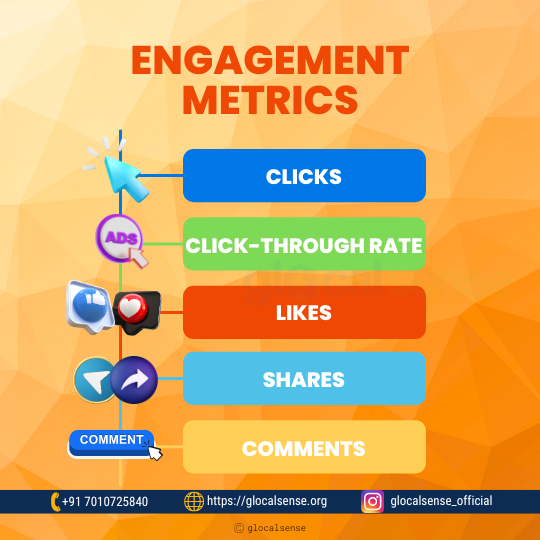
Leads And Conversion Metrics
It may be a request for information in the funnel’s center or a sale towards the bottom. These social media reporting metrics describe the effectiveness of your social engagement.
1. Cost Per Lead
In online marketing, the Cost per Lead (CPL) measure tracks the expenses of obtaining new clients. The Cost per Lead (CPL) is determined by dividing the overall cost of marketing activities by the number of leads generated.
While there are several methods for calculating CPL, most organizations employ either a “hard” or “soft” CPL calculation. Soft CPL considers all leads, whereas hard CPL only considers charges that result in a sale.
Several factors can influence your CPL, including the cost of your marketing efforts, your website’s conversion rate, and the quality of your leads. To reduce your CPL, you must focus on producing high-quality leads more likely to convert consumers.
2. Customer Lifetime Value
CLV is a key performance indicator that assesses each customer’s financial value throughout their association with a company. It considers how much money a consumer spends on items or services and their likelihood of returning and referring others.
Businesses use CLV to identify the ideal amount to invest in gaining and keeping consumers by measuring the financial effect of customer acquisition and retention initiatives. Finally, CLV is an important statistic for assessing the overall performance of a company’s customer-centric activities.
3. Sales Revenue
A KPI that gauges the overall income made by a firm through the sale of its products and services is sales revenue. It is an important indicator for organizations since it gives information about the overall viability and performance of the organization.
Gross and net sales revenue are the two major types of sales revenue. The whole amount of money collected from the sale of items before deductions is known as gross sales revenue. After deducting expenses like discounts, returns, and taxes, net sales revenue is left over. Sales income is usually measured monthly or annually.
4. Lead Conversion Rate
Your lead conversion rate is a KPI that shows how well your marketing activities convert leads into paying clients. It is computed by dividing the number of paying clients by the total number of leads produced.
Ideally, you want your lead conversion rate to be as high as possible to avoid wasting time and money on marketing initiatives that don’t deliver results.
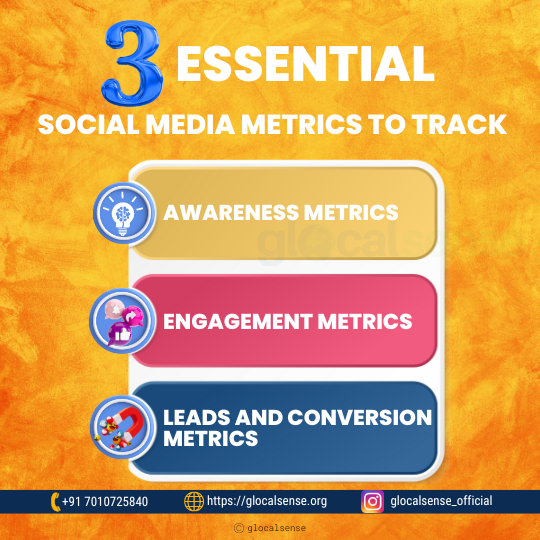
Final Thoughts
You can only measure the performance of your projects or brand overall if you track KPIs and metrics. Tracking social media KPIs and metrics gives you a better understanding of your audience’s actions and preferences. In addition, monitoring KPIs gives you the information you need to personalize campaigns to improve reach, engagement, and profitability.
The key benefits of tracking your social media KPIs are as follows:
- Track campaign performance
- Improves engagement
- Aids in setting better goals and benchmarks
- Increases revenue
- Identifies areas for improvement
